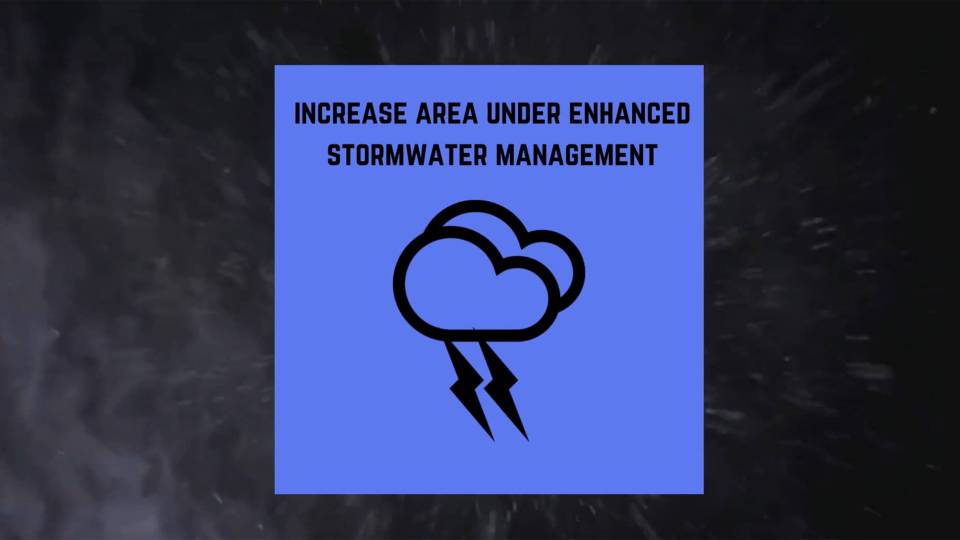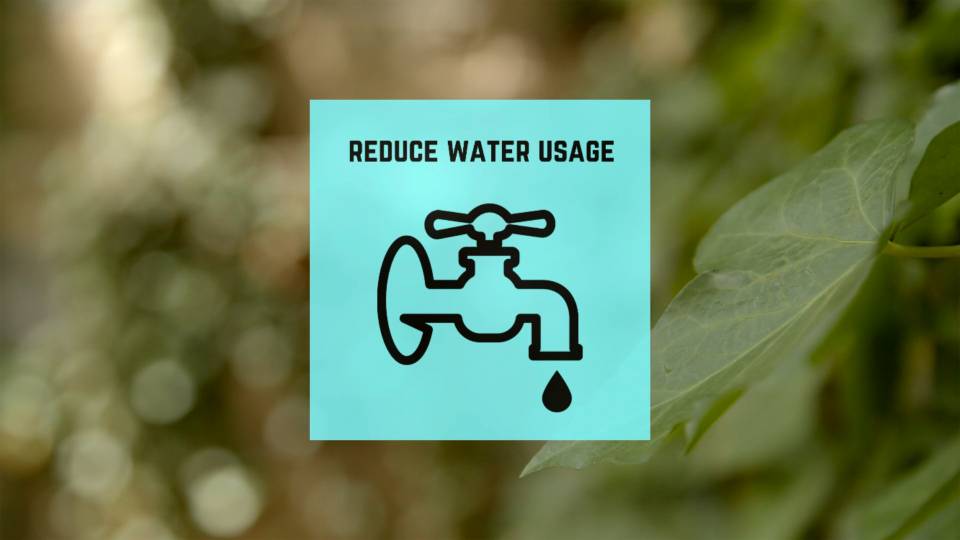The University’s Sustainability Action Plan — released in April 2019 — outlined seven key action areas and included a target of achieving net zero greenhouse gas emissions by 2046.
In this video, Ted Borer, director of the campus energy plant, discusses some of the ways the University is approaching this goal — by reducing energy usage, delivering energy efficiently and using renewable energy sources.
“What is amazing from my seat right now is seeing that the University can fully do this,” Borer said. “We actually know how to do this and we have the technology. It's not that we need to invent anything new. … Princeton has the opportunity to lead by example.”
The goals build on Princeton’s first Sustainability Plan released in 2008. Princeton is on course to meet its goal of absolute campus carbon emissions reduction to 1990 levels by the year 2020, amidst the addition of nearly 2 million square feet of building space.
The new plan’s other key action areas are reducing water usage; expanding high-performance stormwater management; increasing sustainable transportation options; reducing waste and expanding sustainable purchasing; designing and developing responsibly; and cultivating healthy and resilient habitats.



